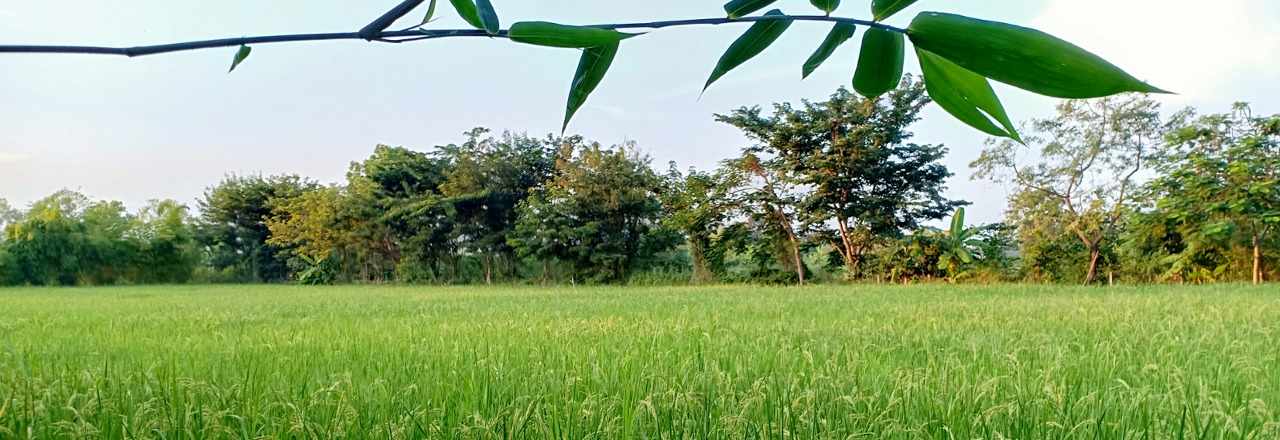Jasmine rice, locally known as Khao Hom Mali, is a high quality long-grain rice native to Thailand. Our Khao Hom Mali is grown in this field, in the Chiang Mai valley of northern Thailand, hand planted and grown without chemicals. Here we discuss the types of jasmine rice for cooking, the cooking itself, and some cooking variations.
Characteristics and Milling
Sansaket Farm rice is milled with a non-industrial milling machine. Why? Industrial milling machines are designed to make the rice appear "perfect". Everything that is not perfect is discarded, regardless of nutritional value. Plus, the industrial mill can't separate and return rice to specific farmers. Its scale does not allow it. But resistance is not futile - we use the very effective rice milling service of a small mill at the Huai Hong Khrai Royal Development Study Center. It mills and returns our own rice just as we want it - including some non-perfect looking, but nutritious rice particles like the nutritious rice germs.
White Jasmine rice and brown Jasmine rice differ in the way they are milled:
White Jasmine rice is dehusked and polished rice, leaving longish white rice grains with excellent aroma and taste. As a polished rice it has a very long raw shelf life.
Brown Jasmine rice is dehusked rice with a largely intact bran layer, leaving longish light brown rice grains with excellent aroma and taste, with retained dietary fibers, vitamins and minerals, and a more chewable texture. Due to the retained bran layer, raw brown rice has a shorter shelf life than raw white rice.
Germinated Jasmine rice, also known as Jasmine germinated brown rice, Jasmine GABA rice and sprouted rice, is dehusked rice with an intact bran layer, a longish rice grain with tiny rice sprout, giving this rice a softer and milder taste than its unsprouted cousin. It has an even higher and more varied nutrient content than standard brown rice, and very short raw shelf life.
Cooking
In our kitchen we cook white, brown and germinated Jasmine rice exactly the same way.
How to cook Jasmine rice - white. brown and germinated:
Rinse-wash the rice with cold water, remove any unwanted particles, repeat until the water is clear. There is no need to soak either white, brown or germinated Jasmine rice.
» With an Automatic Rice Cooker
Add 1 part rinse-washed, wet rice to an automatic rice cooker, together with 1½ parts water, for germinated rice 1 part water. Turn the rice cooker on. When the rice is done, the automatic rice cooker switches from cooking to warming the rice.
» With a Standard Cooking Pot
Add 1 part rinse-washed, wet rice to a standard cooking pot, together with 1½ parts water, for germinated rice 1 part water. Let the white or brown rice come to a very brief boil, then simmer at low heat with a closed lid. Do not stir the rice, avoid opening the lid during the simmer. The rice is done when the water begins to get used up. This is around 45 minutes. The art of making rice in a cooking pot lies in choosing the right moment to take the cooking pot off the stove. That moment depends on the amount of water, the actual heat of the simmer and the characteristics of the cooking pot. You may need to experiment, then stick with what works well.
Variations
Different rice/water ratios, different cooking times, different degrees of moistness /dryness of the rice. Mixing white and brown rice and cooking together. Adding salt, broth or other aroma to the rice while cooking. Steaming other items on top of the rice while cooking.

